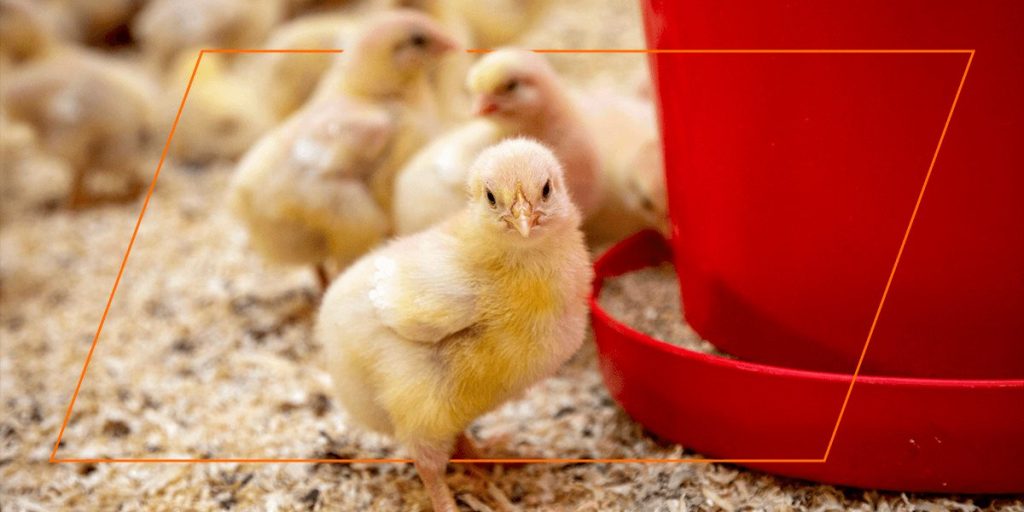Your chickens rely on you for food, water, and shelter, so giving them a safe, warm coop in the winter is one of the best things you can do as a farmer. Fortunately, there are several natural ways to help keep your flock warm without introducing artificial heat.
If you’re deciding how to set up a chicken coop for winter, remember that it’s best to start with the basics.
How to Winterize a Chicken Coop
Your coop needs to be in good repair to keep your chickens safe and warm on chilly days. Start by checking the walls and ceilings for holes or cracks. Chickens are highly efficient birds and put off plenty of body heat that they can trap in their layers of feathers, but this benefit will be lost in a drafty coop.
With drafts taken care of, you want to be sure the coop has adequate ventilation. Your chickens will spend more time indoors in the winter, and their respiration can lead to moisture buildup. This issue, in turn, can cause bedding to mold and lead to respiratory illness. A top vent is ideal for keeping fresh air circulating without exposing your chickens to the cold.
As chickens routinely survive temperatures in the teens, this setup may be all you need to take care of if you live in a milder climate. Those facing harsher winters, however, will want to take additional steps.
As winter draws near, every backyard farmer wonders if they’re ready enough for the fall to set in. Preparing chicken coops to keep flocks safe and warm through winter is essential. Just as you’d wear extra layers during the colder months, your chicken coop needs some additional considerations, too. So, let’s look into how you can ensure your flock is cozy and comfortable.
Step 1: Create a Wind Block
Bracing your coop against the cold starts by creating a solid wind block. Imagine standing out in the cold with minimal cover or barrier between you and the biting chill. You’ll want to protect your chickens from that type of exposure. Winterizing your chicken coop by adding a wind block lets you maintain your flock’s health through the fall and winter. Wind blocks provide these main benefits for your chicken coop:
- Increase protection from the chilled breeze or flurries: Direct exposure to winds can drastically lower the temperature inside the coop.
- Amp up defense against frostbite: With limited wind exposure, your chickens are more immune from suffering from this painful condition.
- Support resilience against cold stress: Like us, chickens can suffer cold stress-induced side effects. A wind block in a winterized chicken coop keeps them calmer and happier.
- Retain warmth and dryness: A dry environment inside a cold-weather chicken coop is essential, as dampness can cause various illnesses for your flock.
Step 2: Ventilate the Coop
While protecting against the cold, ensure continuous airflow and ventilation in your chicken coop. Ventilation is essential during winter for the following reasons:
- Release ammonia fumes: Ammonia accumulation can lead to breathing difficulties in poultry.
- Prevent illness: Good ventilation frees excess moisture and cold buildup, preventing frostbite.
- Manage dust levels: Too much dust can also be a respiratory hazard for chickens.
- Allow proper air exchange: Fresh air is vital for your chicken’s health.
Step 3: Use an Insulating Bedding Like Straw
While several bedding options exist, straw stands out for coop litter, especially during winter. The benefits of straw as insulation include:
- Cozying up your coop: Straw acts as an insulating layer, trapping warmth.
- Shielding the chickens’ feet: Chickens can endure cold feet, but straw bedding gives them “socks” to soften the surface they stand or walk on.
- Making colder seasons fun: Straw can entertain a bored chicken, giving it something to peck around in.
- Upping your flock’s body temperature: Nesting in straw can help chickens generate more body heat.
- Embracing the natural process: As straw naturally breaks down, it releases heat.
- Enjoying easy maintenance: Straw is easy to clean up and replace.
Step 4: Keep Water Warm
Water is a necessity in every season. However, keeping your water liquid during winter can be a challenge. Here is how you can ensure water stays warm:
- Water heaters: Specifically designed for poultry, products like the Farm Innovators heated base ensure water remains liquid.
- Warm pet dishes: These are an excellent option for preventing icy water.
- Bobbing system: A small toy or object weaving through the water keeps it mobile. The mini waves maintain optimal water temperature.
- Heat tape: Wrapping your water systems with this ensures your water stays unfrozen.
- Black bowls in sunny locations: The color black absorbs heat, so placing these bowls in sunlight can keep water ready to use. Note that this method can cause algae growth in bowls.
- Solar covers or greenhouse effects: Channeling sunshine by placing one of these around your water system can naturally warm your water.
Step 5: Plan for Supplemental Heat Provision
Sometimes, you may need supplemental heating. Here are some safe methods you can use during winter:
- Heat pads: Suitable options that are made for poultry offer consistent warmth.
- Poultry heating panels: These options are effective and safe for chickens.
- Enclosed space heaters: Enclosed heaters help prevent fire hazards in coops.
- Heat boxes: Boxes provide warmth without the risk of burns.
Ultimately, winterizing your chicken coop is about more than just ensuring your flock survives the fall. It helps you care for their comfort and show the same care and affection they offer you. Insulating a chicken coop is a worthy investment for farmers and their feathered friends.
How to Insulate a Chicken Coop
In more northern areas, adding insulation to a chicken coop is a crucial part of the winterizing process. It will benefit your chickens and extend the viability of any precious winter eggs you might receive. One recommendation for both of these goals is adding straw to nesting boxes. If a hen gets broody on a cold day, the straw will retain her heat and protect both her and her eggs.
If you can access the wall cavities of your coop, consider adding some commercial insulation to the inside. Cheaper materials such as cardboard, newspaper or straw will also help keep the coop warm in this application. Whatever you end up using, make sure the chickens can’t reach it — chickens are curious and mischievous under the best of circumstances, and you don’t want winter boredom inspiring them to eat styrofoam.
Adding insulation to the outside of the coop will also keep warmth within. Styrofoam sheets under plywood work well here, as do straw bales placed against the walls. You can insulate the ceiling with commercial materials on the outside or even old blankets within — just make sure the vents remain open.
Finally, add plenty of straw or pine shavings to the floor of the coop to retain warmth and absorb moisture. Some people prefer to top off a deep layer of litter that lasts through the winter, while others change the bedding frequently. Whichever method you use, just make sure to freshen the top portion regularly.
To Keep a Warm Flock, Winterize Your Chickens, Too!
During the winter, chickens eat about 1.5 times as much as they do in the warmer months. This increased food intake allows them to produce plenty of warmth so they can regulate their temperatures. A properly winterized chicken coop will retain this warmth, keeping your birds cozy even when the cold gets bitter.
With food supply and quality being so critical this time of year, we recommend giving your chickens an all-natural feed from Nature’s Best. Scientifically tested and proven as well as Non-GMO Project Verified, Nature’s Best Organic Feeds are designed to deliver all the crucial vitamins and minerals that chickens can’t forage for in winter, along with plenty of healthy protein and carbohydrates for energy.
Pick up a bag of Nature’s Best today and set your flock up for success this winter. With a cozy home and full bellies, they’ll have everything they need.




